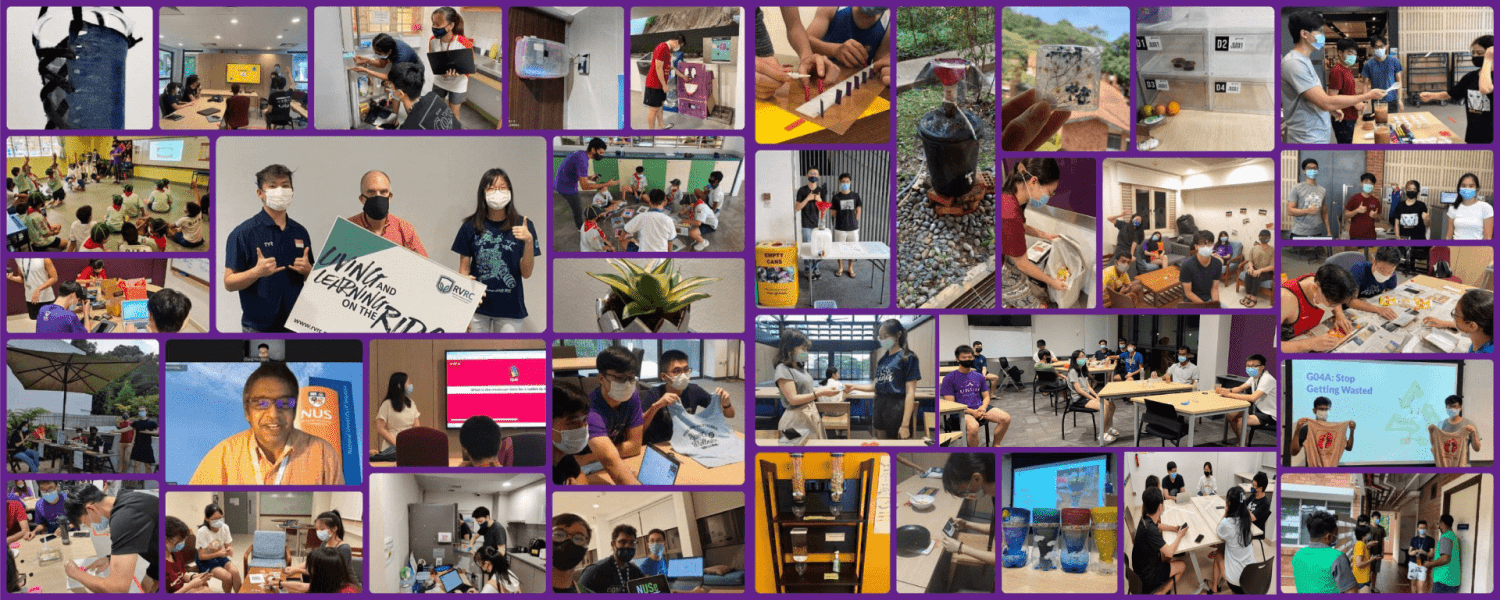Christine Koh Hua Yue, Denise Chong Huimin, Ding Feng, Fauzan Adipratama Bin Yusman, Kieren Chua
Academic Advisor: Dr. Florence Ng
Reducing high domestic water consumption has been an important priority of Singapore’s water conservation efforts (Tortajada and Joshi, 2013). In a typical Singaporean household, showering, flushing, kitchen and laundry contributes to a significant proportion of water use (Tan, 2016). In particular, laundry contributes to 19% of domestic water consumption, and a significant proportion of it is due to water wastage from underloading the washing machine as more water is being used than needed (Kruschwitz, Karle & Schimtz, 2014). Our survey findings revealed that a significant number of RVRC residents wash laundry on a reduced load, resulting in significant water wastage. Thus, to address this problem, our group will develop a manual washing machine prototype, the Washing Cycle, that serves as an alternative to wash small laundry loads with less water. Our prototype adopts a top load design to avoid water leakage and is powered manually and thus does not use any electricity. We evaluated our prototype using 3 criteria: water efficiency, spin efficiency and stain removal (Alonso et al., 2017; Merediz, 2009). Focus groups were also conducted to assess the user’s experience for our prototype during our trial run. Finally, the results obtained were analysed to provide future recommendations for further expansion of the project.
Keywords: Water, Manual Washing Machine, Washing Machine
